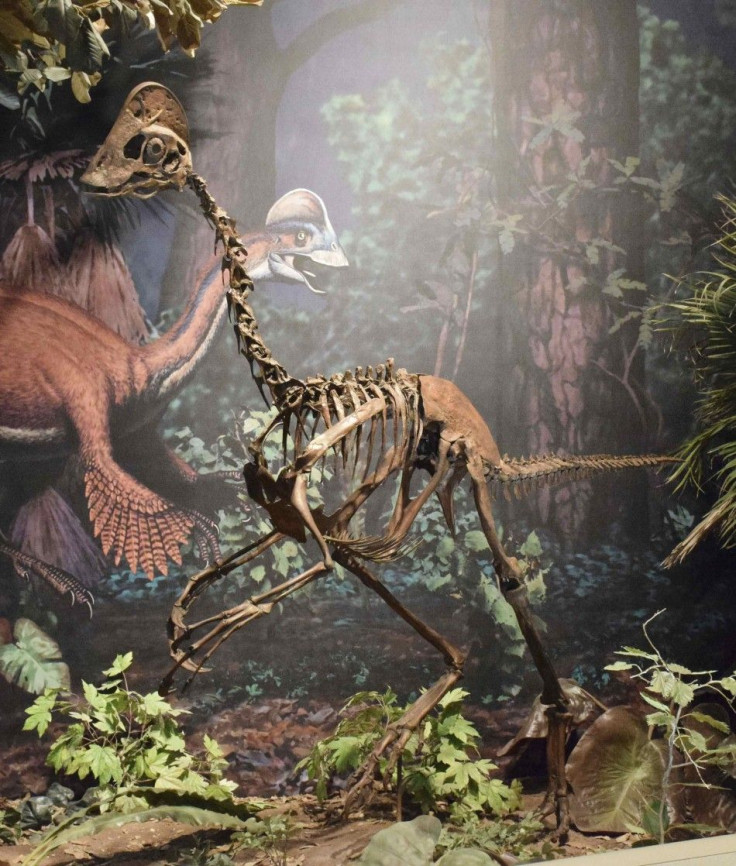Scientists Analyse The Fossils Of An Ancient Dinosaur Discovered By A 4-Year-Old Boy In Texas

Palaeontologists have identified the bone discovered in September 2014 as the one belonging to a 100-million-year old dinosaur. The bone was discovered at a construction site behind a shopping centre in Mansfied by a Dallas zoo worker, Tim Brys, and his four-year-old son, Wylie.
The father and son were reportedly searching for marine life fossils in the exposed dirt at the construction site behind the shopping centre when Wylie noticed a piece of bone. The dig site from where the bone was discovered is believed had been underwater during the Jurassic period.
"He walked up ahead of me and found a piece of bone. It was a pretty good size and I knew I had something interesting," said Brys, reported The Washington Post.
Seven months after the discovery of the fossil, the palaeontologists at the Southern Methodist University (SMU) finally extracted the remains of the fossils from the site after getting the permit to dig bones. The scientists suspect that the fossil bones might belong to a nodosaur, a rare land-dwelling dinosaur. The palaeontologist at the SMU, Dale Winkler, described nodosaur as “armoured beach balls that floated out to sea,” reported The Dallas Morning News.
The fossils were protected with the help of plaster and transferred to the SMU for further cleaning and investigation. The scientists are planning to assemble all the cleaned-up bones and study the entire structure of the fossil.
Winkler described that finding the fossils of a dinosaur in an area like Texas is a rare discovery. However, the SMU team decided to keep searching for more fossils in the area, without impacting the construction work at the site.
To report a problem or to leave a feedback on the article, send an e-mail to guneet@gmail.com.





















